College of College of Graduate Studies
PhD student explores deep mysteries of the universe
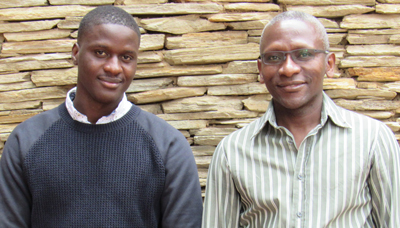
Unisa PhD student Diallo Boye and his supervisor, Prof Lerothodi Leeuw (Astrophysicist, CGS)
When an African scientist with a dream and a world-famous nuclear research centre come together, the results can only be spectacular.
The African concerned is Unisa PhD student Diallo Boye, and the research centre is CERN, the European Organisation for Nuclear Research in Geneva, Switzerland.
Boye is currently based at CERN, where he is studying particle physics, also known as High Energy Physics (HEP), a branch of physics that studies the nature of particles that make up matter and radiation.
After acquiring a master’s degree in theoretical physics at the University of Cheikh Anta Diop in Dakar, Senegal, he was selected to participate in the African School of Physics (ASP) in Ghana in 2012.
Topics covered included HEP, sparking his desire to delve more deeply into this field and increase capacity development in Africa.
Boye enrolled for a Master II Subatomic Physics Astroparticle at the University of Strasbourg, France in 2014. As part of this, he did an internship at the National Centre for Scientific Research (CNRS), France, focusing on the establishment of thermal model nuclear reactors of Oklo.
“The existence of natural nuclear reactors dating back two billion years was confirmed in Oklo, Gabon in 1972 and my master’s thesis aimed to establish a thermal model to describe the profile temperature of the reactor,” he says.
Delving deeper and deeper into space
Next, he participated as a summer student at CERN with the Manchester team in LHCb experiment, working on the alignment of the LHCb-TimePix3-Telescope, doing data analysis and taking care of the detector performance.
Owing to a lack of research funding to immediately do a PhD in HEP, Diallo got an Excellence Fellowship from Elitricite’ de France (EDF), which enabled him to register for a professional Master II in Physics of Energy and Energy Transition at the University Paul Sabatier of Toulouse, France.
During his studies, he received an opportunity to do an internship at CERN with the Atomic Energy Commission (CEA) in the HEP space, obtaining his qualification in 2016.
Boye then commenced with his PhD in “Search for the Dark Vector Boson via Higgs Portal” at CERN, in ATLAS experiment. The research he is conducting will include search algorithm design, analysis code development and full simulation of signal and background processes via the fundamental physics interactions and the propagation of generated events in the detector.
Bringing his knowledge home
High energy physics is a rare field of study in Africa, only taught in a few countries such as South Africa, Algeria, Morocco, and Egypt.
So, after completing his thesis, Boye hopes to bring back what he has learnt in Europe, using his knowledge and passion to motivate other young African students, especially in Senegal, to explore the field.
Now, under the supervision of Prof Lerothodi Leeuw, astrophysicist and professor in Unisa’s College of Graduate Studies, together with Prof Simon Connell from the University of Johannesburg and Dr Ketevi Assamagan of the Brookhaven National Laboratory in New York, Boye has learnt to appreciate the link between astrophysics and particle physics. “A mysterious matter in the universe known as dark matter has been found and we are trying to detect it,” he said.
In September 2017, he participated in the European School of High Energy Physics at the University of Evora, Portugal and in November attended the Unisa Postgraduate Summer School.
In probing the “dark sector” of space for new particle discoveries, who knows what light Boye could shed on the mysteries of the universe?
*By Mpho Moloele
Publish date: 2018-03-26 00:00:00.0


 Breaking language barriers: SRU promotes inclusivity with multilingual support resources
Breaking language barriers: SRU promotes inclusivity with multilingual support resources
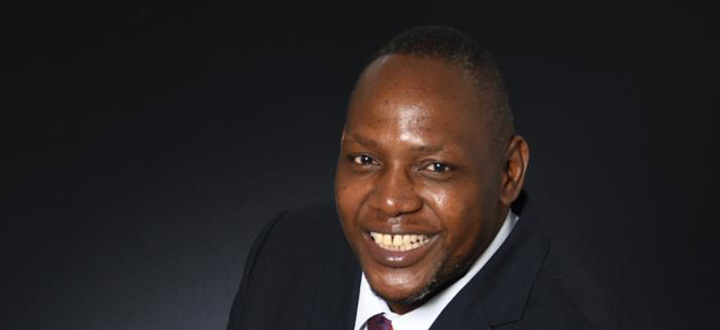 Aiming at new heights: Professor Mashau takes helm as CHS's Deputy Dean
Aiming at new heights: Professor Mashau takes helm as CHS's Deputy Dean
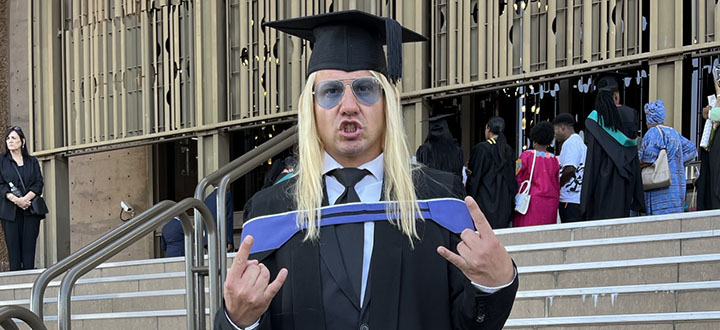 Don Cobra strikes a new chord: Musician earns a business degree
Don Cobra strikes a new chord: Musician earns a business degree
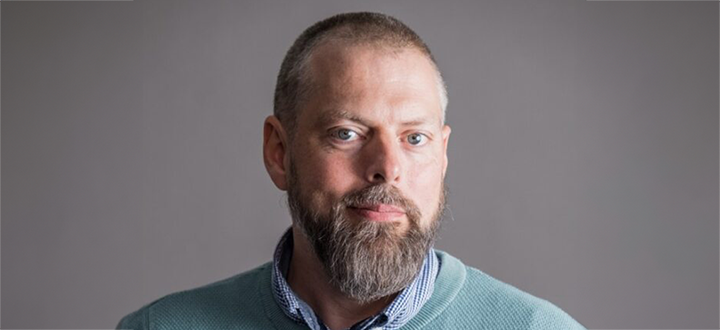 Unisan to lead Southern Africa region in "Building Equitable Futures Together" project
Unisan to lead Southern Africa region in "Building Equitable Futures Together" project
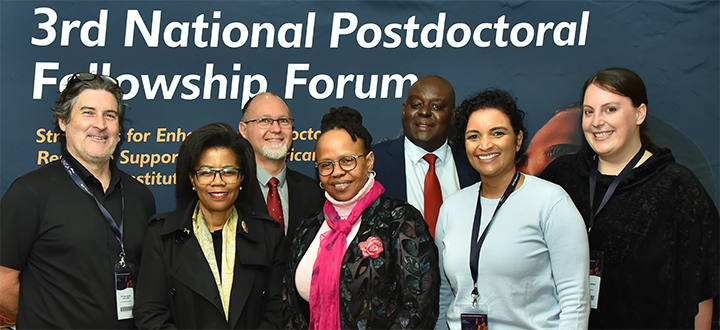 Unisa kicks off National Postdoctoral Fellowship Forum
Unisa kicks off National Postdoctoral Fellowship Forum